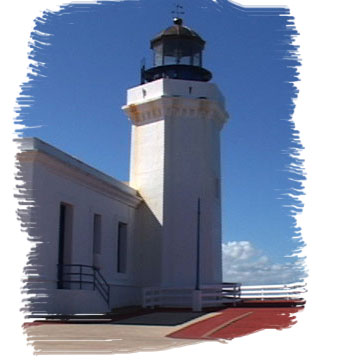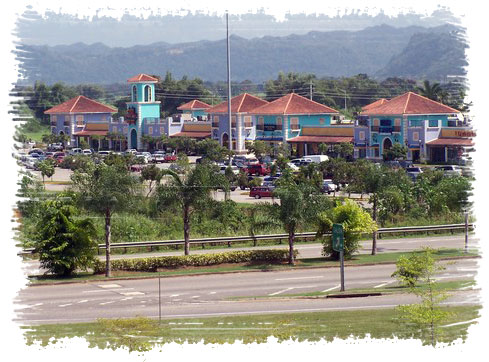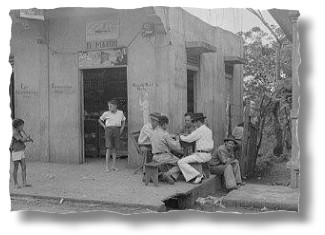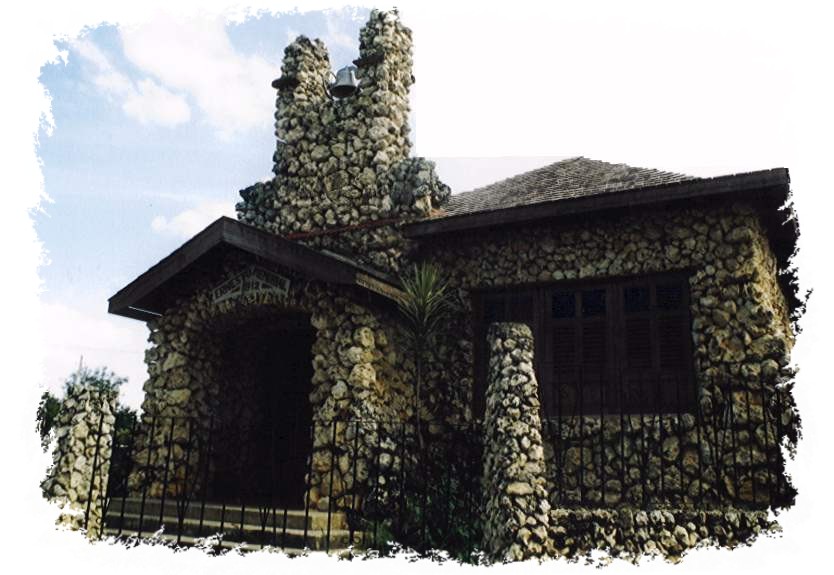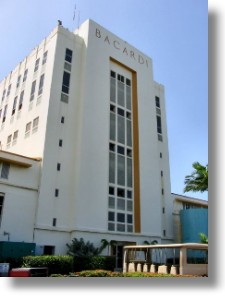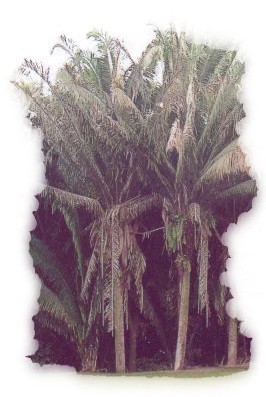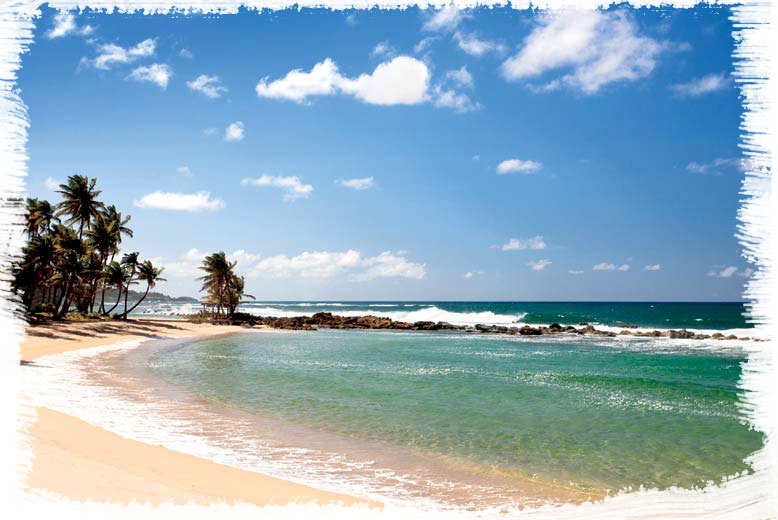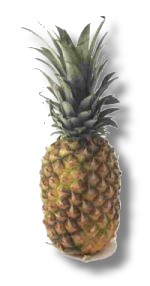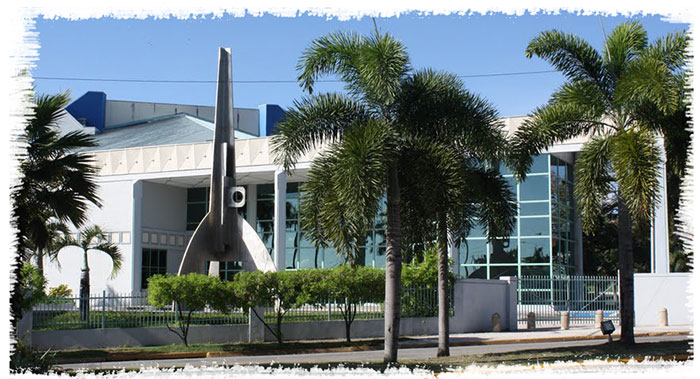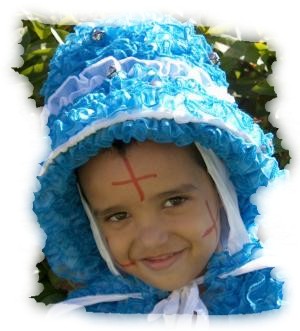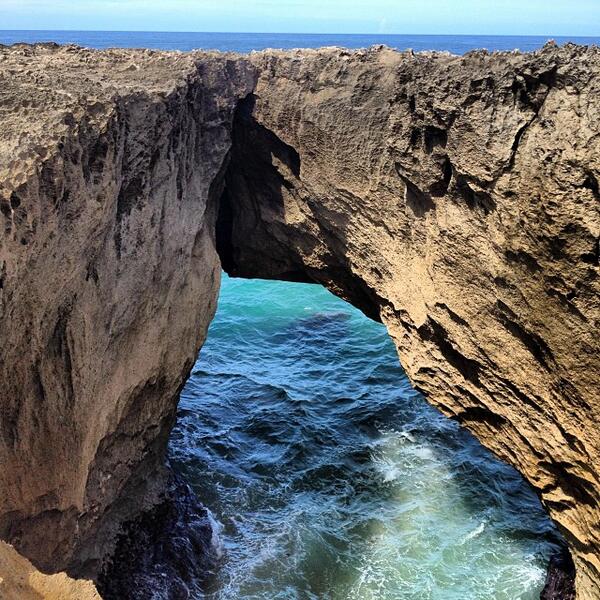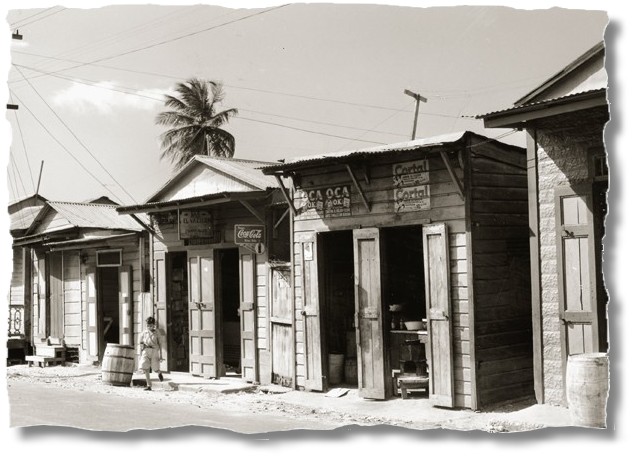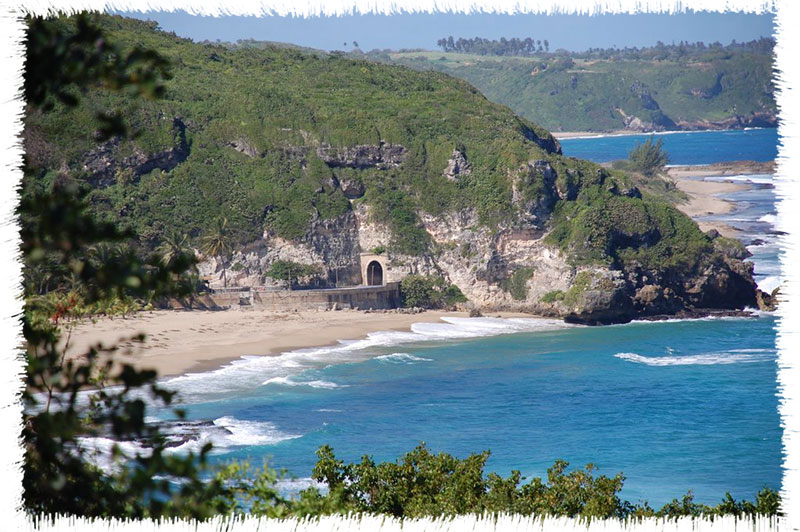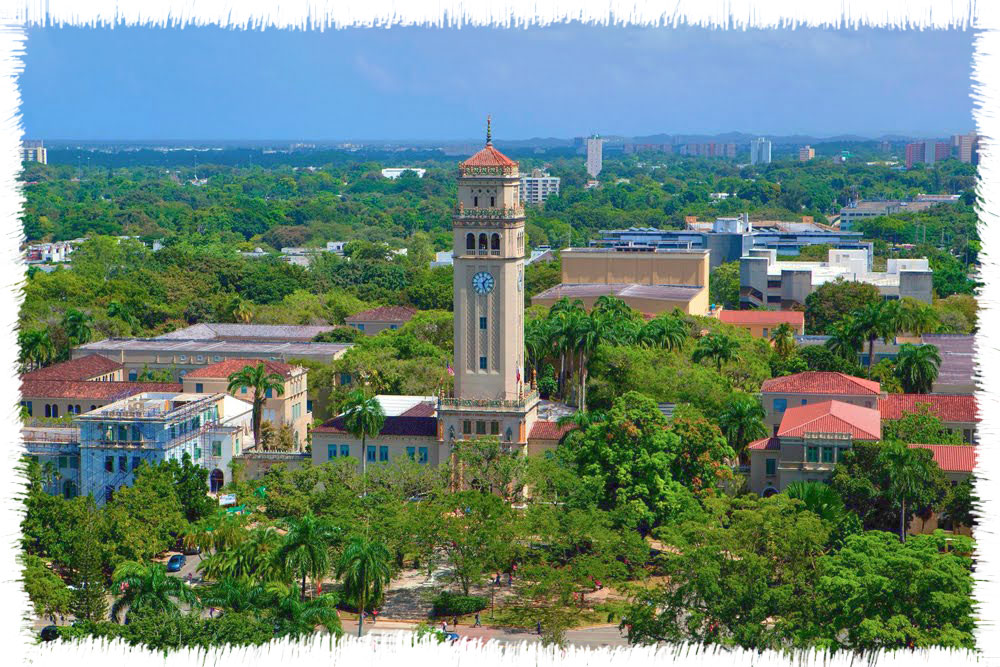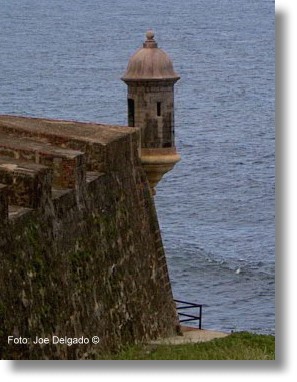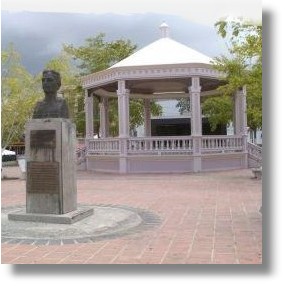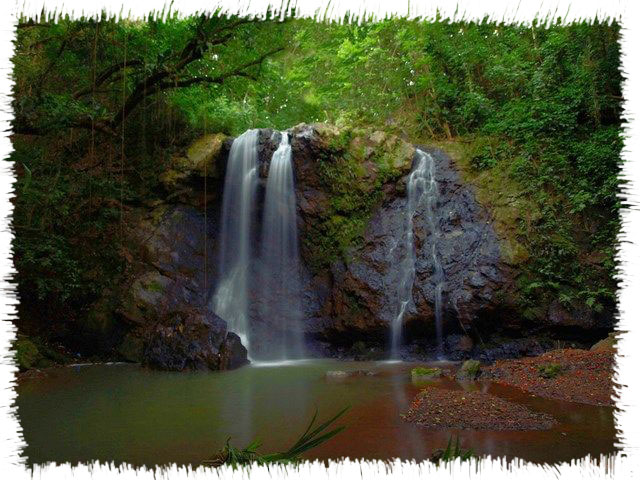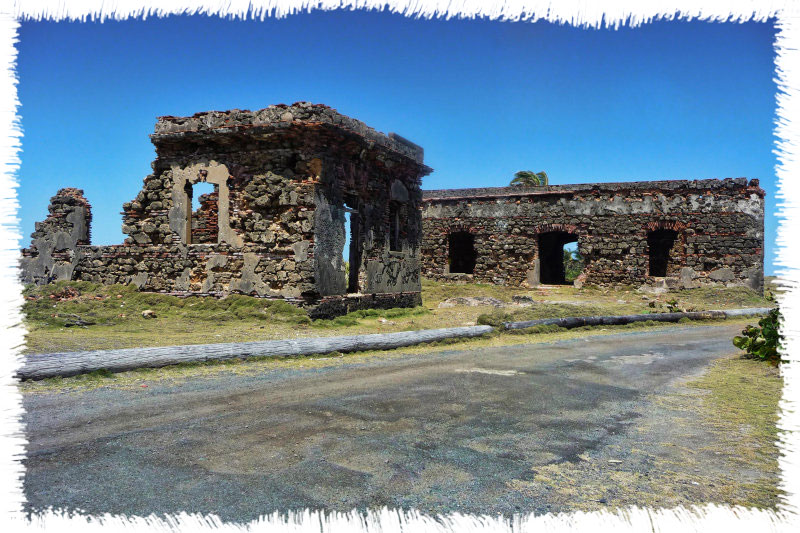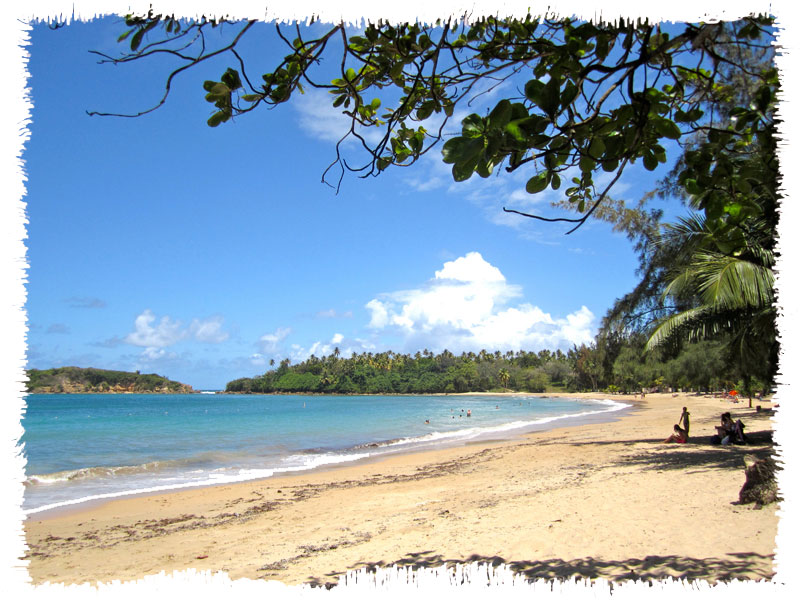Arecibo, Puerto Rico Captain Correa Villa Arecibo (ah-re-SEE-boh) is known as “La Villa del Capitán Correa” (“The Town of Captain Correa”) in honor of the heroic deeds of Antonio de los Reyes Correa, who defended the town of Arecibo from an English attack in 1702. The Spanish Crown decorated him with the Medal of the Royal Effigy and promoted him to captain. The municipality is located on the northern coast of Puerto Rico, bordering the Atlantic Ocean. The people of Arecibo, known as arecibeños, celebrate several festivals throughout the year, including the patron saint festivities in honor of the Apostle Saint Philip in April and the Arecibo Carnival in...
Barceloneta, Puerto Rico
Barceloneta, Puerto Rico Industrial City Barceloneta is known as “The Industrial City” and “The Home Town of Sixto Escobar.” The Patron Saint is Our Lady of Mount Carmel and the festival in her honor is celebrated in July. Barceloneta is rich in tradition and boasts an extensive literary and musical folklore. Its trovadores and improvisadores (traditional folk singers and improvisers) perform a ten-line verse form called décimas campesinas, religious or patriotic themes being the most popular. Barceloneta is located on the north central coast of the Island. It is bordered on the north by the Atlantic Ocean, on the south by the municipality of Florida, on the east by...
Bayamón, Puerto Rico
Bayamón, Puerto Rico Pork Ring City Bayamón (bah-yah-MON) is known as the “Pork Rind City.” Its patron saint is the Holy Cross, and the town festival is celebrated from late April to early May. The municipality’s economy is mainly based on commerce, manufacturing, and services, making it an important urban center in the San Juan metropolitan area. The municipality is located in the north-central region of Puerto Rico and borders Toa Baja and Cataño to the north, Aguas Buenas and Comerío to the south, Guaynabo to the east, and Naranjito, Toa Alta, and Toa Baja to the west. Bayamón has a network of important rivers, including the Bayamón, Minillas,...
Camuy, Puerto Rico
Camuy, Puerto Rico Romantic City Camuy (kahm-WEE) is known as the “Romantic City”, the “Sandwalkers” City” and the “City of the Taino Sun”. The patron saint is Saint Joseph and the patron saint’s festival is celebrated in March. The municipality is in the northern central area of Puerto Rico and is bordered on the north by the Atlantic Ocean, on the south by Lares and San Sebastián, on the east by the municipality of Hatillo, and on the west by Quebradillas. It is located in the northern coastal plain, but comprises undulations known as the “llano de Quebradillas”. Historically the economy of Camuy has depended on agriculture, notably sugar...
Cataño, Puerto Rico
Cataño, Puerto Rico The Town that Refused to Die Cataño (kah-TAH-no) is known as the “antechamber of the capital”, “the town that refused to die”, “the forgotten town”, “the crab catchers’ town”, and “the ferry-riders’ town”. It's the smallest town in Puerto Rico. The patron saint’s festival is held in honor of Our Lady of Mount Carmel. Cataño is located on the north coast of Puerto Rico, on the shores of the San Juan harbor and is bordered on the north and east by the Atlantic Ocean; by Toa Baja on the north and west; and by Guaynabo and Bayamón on the south. The terrain is low-lying and flat...
Corozal, Puerto Rico
Corozal, Puerto Rico The Birthplace of Volleyball Corozal (ko-ro-ZAHL) residents are known as known as “The plantain farmers,” because of the huge numbers of plantains planted in the mountains of the municipality. The municipality is also called the “birthplace of volleyball” and the “Capital of the Center of the Island”. Corozal’s patron saint festival honors the Holy Family and is held in the month of January. The town also has a Plantain Festival. Corozal is located in the west central region of the island, close to the north coast. It is bordered on the north by Vega Alta and Toa Alta, on the south by Orocovis, Barranquitas and Naranjito,...
Dorado, Puerto Rico
Dorado, Puerto Rico Golden City Dorado (do-RAH-do) is known as the “cleanest town in Puerto Rico” and the “golden city”. The patron saint is Saint Anthony of Padua. The town of Dorado is located on the north coast of Puerto Rico. It is bordered on the north by the Atlantic Ocean, on the south by Toa Alta, on the east by Toa Baja, and on the west by Vega Alta. The hydrographic system of the town is comprised of the La Plata River (formerly called the Toa) and its tributaries, the Cocal, Nuevo and Lajas rivers. There are red, black, and white mangroves at the mouths of these rivers....
Florida, Puerto Rico
Florida, Puerto Rico City of The Cayenalisa Pineapple Florida (flo-REE-dah) is known as the “Tierra del Río Encantado,” the “Tierra de los Mogotes,” and the “Pueblo de la Piña Cayenalisa”. . Florida is the only municipality composed of one single barrio, Florida Adentro. Its patron saint is Nuestra Señora de la Merced , whose festival is held during the last week of September. Florida is located between the northern coast of the island and the Cordillera Central mountain range. The municipality lies north of Ciales, south of Barceloneta, east of Arecibo and west of Manatí....
Guaynabo, Puerto Rico
Guaynabo, Puerto Rico Puerto Rico's First Settlement Guaynabo (gwei-NAH-bo) is known as the “first settlement of Puerto Rico,” “the city of the conquistadors,” “the capital of sports,” “the ruins of Caparra,” and “the town of the Mabó Carnival.” Its patron saint is Saint Peter Martyr of Verona. This municipality is located on the northern coast of the island. It is bordered to the north by the town of Cataño and the San Juan Bay; to the south by Aguas Buenas; to the east by San Juan; and to the west by Bayamón. The terrain is mostly flat and humid. The relief of its territory can be divided into three...
Hatillo, Puerto Rico
Hatillo, Puerto Rico Milk Industry Capital Hatillo (ah-TEE-yo) is widely known as the “Capital of the Dairy Industry” of Puerto Rico and is also identified by the nicknames “Hatillo del Corazón,” “Land of Green Fields,” “The Soup-Less Town,” and “The Town of the Cattle Ranchers.” These names reflect its strong agricultural vocation, community identity, and long-standing historical connection to cattle ranching and milk production. Its patron saint festivities, dedicated to Our Lady of Mount Carmel, are celebrated annually in July and represent one of the municipality’s most important religious and cultural events. Hatillo is also recognized island-wide for the celebration of the Day of the Masks, held every December...
Isabela, Puerto Rico
Isabela, Puerto Rico The Northwestern Garden Isabela (ee-sah-BAI-lah) is a municipality known for its natural beauty, culture, and traditions. Called “The Garden of the Northwest,” it is also nicknamed “Los Gallitos” and “The Town of Quesitos de Hoja,” famous for its artisanal cheese wrapped in banana leaves. Its patron saint is Saint Anthony of Padua, whose feast day is celebrated every June 13, reflecting the importance of faith and community life in the municipality. Located in the Northern Coastal Plains, Isabela combines beaches, agricultural plains, and mountainous hills, with the Aymamón Mountains to the south—an extension of the Jaicoa Range—and coasts washed by the Atlantic Ocean to the north....
Manatí, Puerto Rico
Manatí, Puerto Rico Metropolitan City · The Athens of Puerto Rico Manatí (mah-nah-TEE) is known as the Metropolitan City and as “The Athens of Puerto Rico,” a nickname that emerged from its notable cultural and intellectual development during the early decades of the twentieth century. This recognition reflects the municipality’s role as a center of literary, artistic, and educational activity in the northern region of the island. Located on the north coast of Puerto Rico, Manatí borders the Atlantic Ocean to the north, the municipalities of Ciales and Morovis to the south, Vega Baja to the east, and Barceloneta and Florida to the west. Its strategic location has supported...
Morovis, Puerto Rico
Morovis, Puerto Rico The Island Except Morovis Morovis (mo-RO-vis) is known as the Island Except Morovi. The phrase used is originated in a cholera epidemic that devastated Puerto Rico in 1853. Historical records show that Morovis was the only municipality where no cases were reported, and every time the topic was mentioned people would say “All of the island, except Morovis”. Our Lady of Mount Carmel is the patron saint, and the festival in her honor is held in July. Morovis is located in the northern part of Puerto Rico. The municipality is located in the humid northern hills, and the northernmost part of the territory is located in...
Quebradillas, Puerto Rico
Quebradillas, Puerto Rico The Pirate’s Hideout Quebradillas (ke-brah-DEE-yahs) is known as “the pirate’s hideout” or “the pirate city,” “the cooperative city,” and “Guajataca corner”. The municipality is located on the north coast of the island. The patron saint’s day festival is dedicated to Saint Raphael the Archangel, and is celebrated on the days around the Saint’s Day, October 24. Tourist attractions include the El Guajataca Hotel, a theme park, and Guajataca Lake, where there is sports fishing. Quebradillas is located on the north coast of the island. The town is bordered on the north by the Atlantic Ocean, on the south by Guajataca Lake (San Sebastián), on the east...
Río Piedras, Puerto Rico
Río Piedras, Puerto Rico University City Río Piedras has left indelible marks on the modern history of Puerto Rico. This former municipality, now a part of San Juan, has played an important role in the development of the island’s transportation, education and commerce. The growth of Río Piedras is related to its strategic position. Because of its nearness to the capital, the region became the main supplier of food and potable water for San Juan. However, the development of the urban center was slow, as the first settlers in the region were plantation and ranch owners who had no interest or need to establish an urban nucleus. The economic,...
San Juan, Puerto Rico
San Juan, Puerto Rico The Fortified City San Juan (sahn HWAHN) is known as “the Walled City,” “Capital City,” “City of Tiles,” and “Colonial City.” Its residents are called “capitalinos” and “senadores,” the latter in reference to its historic professional baseball team in the Roberto Clemente Professional Baseball League. The city is located on Puerto Rico’s northern coast and serves as the political, economic, and cultural capital of the Island. The old section of San Juan, known as Old San Juan, is recognized as a historic and cultural center, notable for its military defense architecture built between the 16th and 18th centuries. Its geographic features are enhanced by a...
San Sebastián, Puerto Rico
San Sebastián, Puerto Rico St. Sebastián Del Pepino San Sebastián (sahn se-bahs-tee-AHN) is known as “San Sebastián del Pepino” and also as the “Cradle of the Hammock,” a reference to its well-known artisanal tradition. Its residents are known as pepinianos and, colloquially, as patrulleros. The municipality’s patron saint is Saint Sebastian the Martyr, a central figure in its historical and religious identity. The municipality is located in the mountainous interior of northwestern Puerto Rico. It borders Isabela and Quebradillas to the north, Lares to the east, Las Marías to the south, and Moca and Añasco to the west—an inland location that has shaped its agricultural development and rural character....
Toa Alta, Puerto Rico
Toa Alta, Puerto Rico City of the Toa Toa Alta (TO-ah AHL-tah) is known as “La Ciudad del Toa” (The City of the Toa), “Cuna de Poetas” (Cradle of Poets), “Los Ñangotaos”, and “Ciudad del Josco.” The word “Toa” comes from the Taíno name for the Río de la Plata. In their language, it means “mother” and was often written as “Thoa.” The town’s patron saints are Saint Ferdinand (San Fernando Rey) and Our Lady of the Conception (Nuestra Señora de la Concepción). The municipality of Toa Alta borders Dorado and Toa Baja to the north, Bayamón to the east, Naranjito to the south, and Vega Alta and Corozal...
Toa Baja, Puerto Rico
Toa Baja, Puerto Rico Valleys of the Toa City Toa Baja (TO-ah BAH-hah) is affectionately known as the “City of the Toa Valleys”, the “Underwater City”, and the “People of the Plains”. Its patron saint is San Pedro Apóstol. Located on the northern coast of Puerto Rico, Toa Baja is bordered by the Atlantic Ocean to the north, Dorado to the west, Toa Alta to the south, and Cataño and Bayamón to the east. The municipality covers an area of 62.4 square kilometers (24.0 square miles) and is characterized by fertile plains, wooded hills typical of the karst region, and a rich network of rivers and streams. The La...
Vega Alta, Puerto Rico
Vega Alta, Puerto Rico Town of Squaters Vega Alta (VAI-gah AHL-tah) is known as the “Squatters Town” and its residents are called the “Pottery Makers.” According to popular history, the “Squatters Town” nickname comes from the habit of sugar cane workers to resting in a squatting position while waiting for the train that carried the cane, because the station did not have any seats. Vega Alta is located on the north coast of Puerto Rico. It is bordered on the north by the Atlantic Ocean, on the south by Morovis and Corozal, on the east by Dorado and Toa Alta and on the west by Vega Baja. The municipality...
Vega Baja, Puerto Rico
Vega Baja, Puerto Rico City of "Syrup" Vega Baja (VAI-gah BAH-hah) known as the City of “Melao Melao,” keeps alive the memory of its sugarcane past, when sugar production was one of the municipality’s main economic activities. It is also known as the Orange Grove Town, as oranges were historically one of the most cultivated minor fruits in the region. Its patron saint is Our Lady of the Rosary, the central figure of the annual patronal festivals that bring together residents and visitors for religious and cultural celebrations. The municipality is located in the center of Puerto Rico’s northern coast. It borders the Atlantic Ocean to the north, Morovis...

